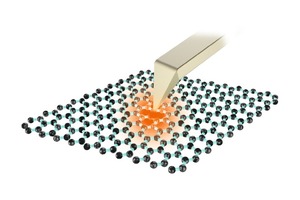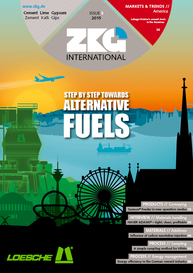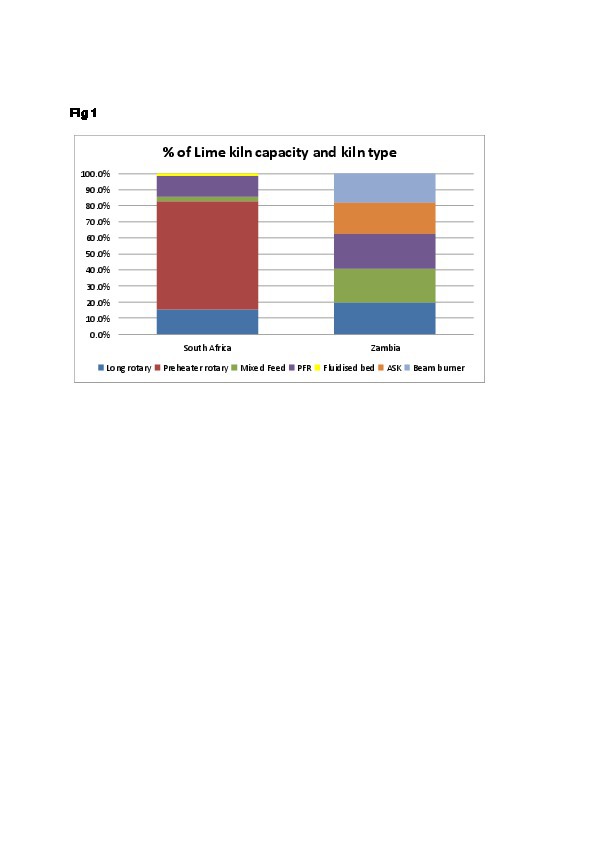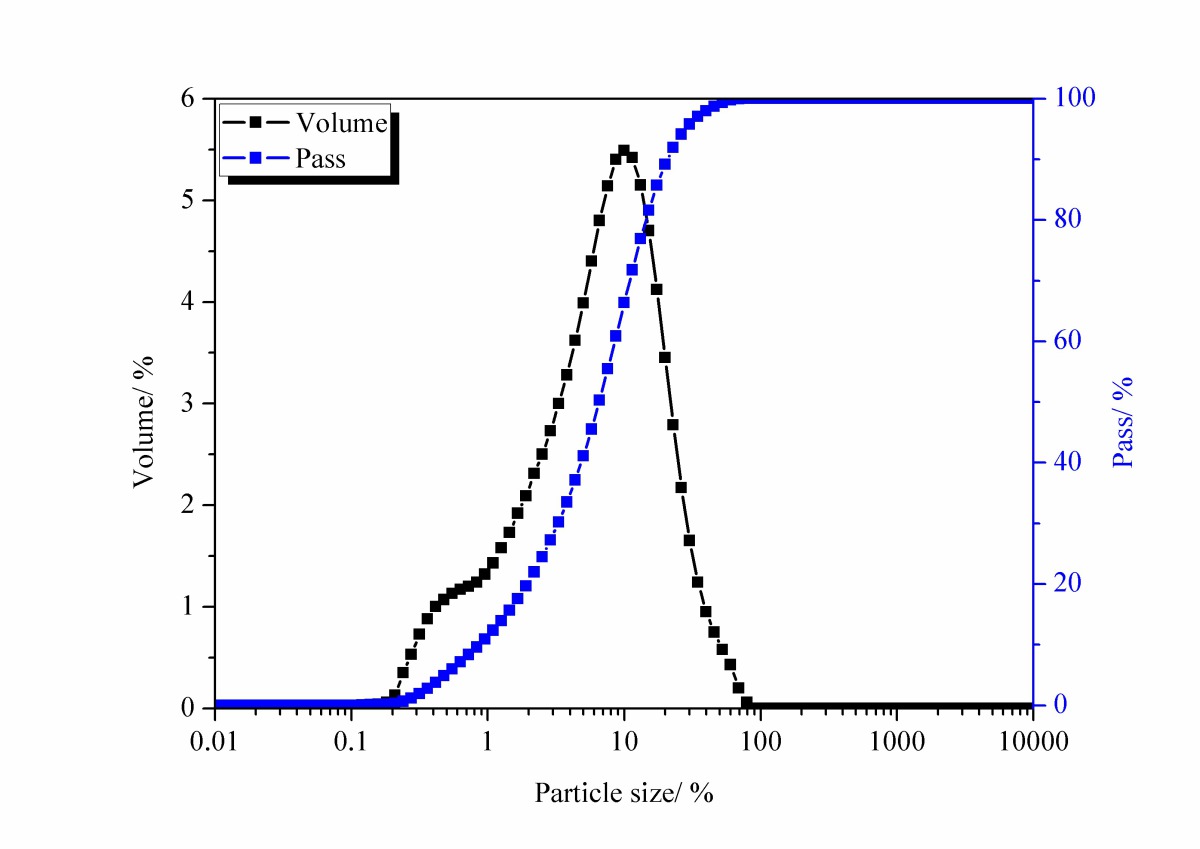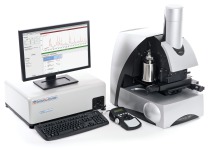Microscopic force increased
The University of Limerick has received one of Europe’s most powerful microscopes supported by NT-MDT, a world-leading manufacturer of atomic force based microscopes (AFM), based at Zelenograd, Moscow/Russia. NT-MDT recently installed a unique Atomic Force Microscope with RAMAN, TERS, and SNOM capabilities (NTEGRA Spectra). This is a very rare device that combines AFM with spectroscopy analysis and confocal microscopy techniques to provide scientists with an ultimate tool for their research. Only a few manufacturers in the world have the capability of providing an integrated AFM of this kind with such versatile capabilities. This equipment from NT-MDT was funded by the Science Foundation Ireland.
“This hybrid unique AFM is a trend setter in bringing together the AFM’s ability to see very small things, typically thousands of times smaller than hair, while at the same time seeing the chemistry of the various physical and biological samples at that small size,” explains Dr. Tofail Syed of the Materials and Surface Science Institute (MSSI) of University of Limerick. “This AFM is an important addition to UL’s world leading expertise in the field of chemical nanoscopy and will significantly boost our ongoing research on early-stage diagnosis and treatment of diseases. It will serve well the needs of both academia and industry,” he adds. “Only a few manufacturers in the world have the capability of providing an integrated AFM of this kind with such versatile capabilities.”
More than 30 general and advanced AFM modes are supported by the NT-MDT AFM providing extensive information about the sample’s physical properties. Simultaneous optical measurements of the same sample area provide the widest range of additional information about the sample – thus combining the best of all techniques.
Integration of AFM with confocal Raman/fluorescence microscopy is of a special interest. Simultaneously measured AFM and Raman maps of exactly the same sample area provide complementary information about sample physical properties (AFM) and chemical composition (Raman).
Specially prepared AFM probes (nanoantennas) can be used to enhance and localize light at the nanometer scale area near the end of the tip. Such nanoantennas act as a “nano-source” of light giving possibility of optical imaging (Raman, fluorescence etc.) with nanometer scale resolution. Tip Enhanced Raman Spectroscopy (TERS) maps with spatial resolution reaching down to 10nm have been successfully obtained and reported using NT-MDT systems.
Scanning near-field optical microscopy (SNOM) is another approach to obtain optical images of optically active samples with resolution below diffraction limit.
The equipment from NT-MDT was procured under funding from the Science Foundation Ireland. It is an investment that´s further strengthening the state-of-the-art characterisation facilities available at the University of Limerick. “The NTEGRA Spectra adds an excellent leading edge capability to facilitate our multidisciplinary research teams and I very much look forward to the results that this novel equipment will deliver,” notes Dr. Mary Shire, Vice President Research of University of Limerick.
//www.ntmdt.com" target="_blank" >www.ntmdt.com:www.ntmdt.com


